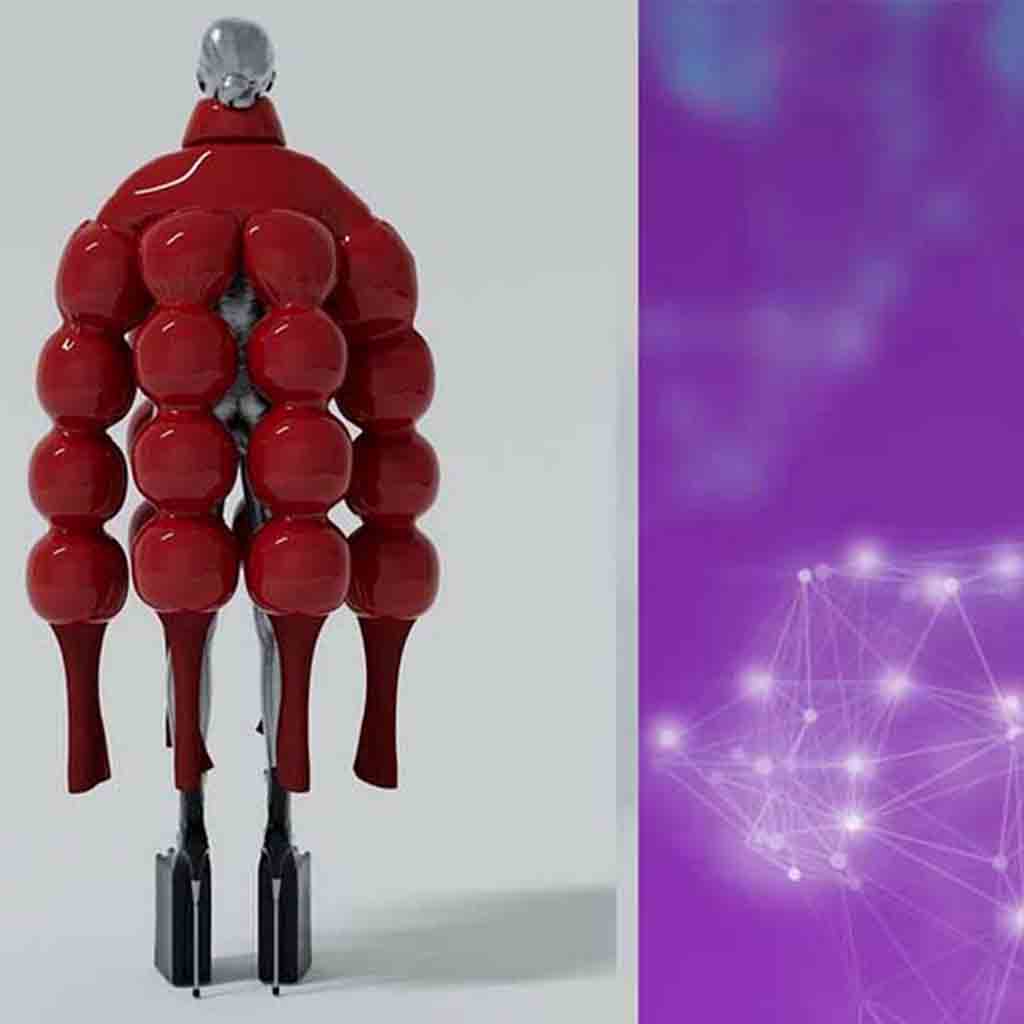- Home
- /
- Blog
- /
- Fashion Tech
- /
- Metaverse Fashion: Pioneers of Virtual Style
The Rise of Metaverse Fashion
Metaverse fashion has quickly emerged as the latest trend, reshaping how we envision the future of fashion.
The Metaverse is a digital realm where brands leverage cutting-edge technologies like virtual reality, blockchain, and NFTs. These technologies enable brands to create immersive experiences, blurring the lines between the physical and digital worlds.
Understanding Blockchain’s Role in Fashion
Blockchains, essentially decentralized databases, store data across users’ computers worldwide rather than on a central server accessible to all. This decentralization makes blockchain a secure, transparent method for transactions, including those within the fashion industry. Brands can now use blockchain to manage digital ownership and transactions with increased security and trust.
The Role of NFTs in Fashion
NFTs, or Non-Fungible Tokens, are a unique form of cryptocurrency. These tokens are widely used to display and exchange digital artworks, images, videos, collectibles, and other digital content. Fashion designers and digital artists can now issue their creations as exclusive digital items through NFTs.
Artists and creators have the ability to mint their own NFTs, offering fans and collectors the chance to purchase and own exclusive digital creations. NFTs provide both security in ownership and proof of uniqueness, as each token is unique and irreplaceable. Additionally, NFTs are powered by blockchain technology, ensuring transparency and security in every transaction.
Explore the Sustainable Fashion Blog ” Rose Mallee” and read the article here

The advent of the Metaverse will bring forth numerous opportunities in the fashion world.
Web 3.0 holds the potential to reshape the fashion industry as individuals gain greater control over their data.
Blockchain technology empowers the establishment of a decentralized metaverse environment.
Individuals can craft three-dimensional worlds, opening them for others to visit and explore.
Within these worlds, virtual shopping centers, sports facilities, and even entire cities will develop.
Representation of products virtually
- 3D product visualization involves creating highly realistic and accurate virtual simulations of products using 3D technology. It includes various stages, from capturing material properties through high-precision scanners to creating photorealistic images.
Material Scanning
High-precision scanners are used to record the natural properties of materials such as fabrics and leather. These scans provide detailed information about the weave, appearance, and texture of the materials.
Material Scanning
High-precision scanners are used to record the natural properties of materials such as fabrics and leather. These scans provide detailed information about the weave, appearance, and texture of the materials.
Software Solutions
Companies like Vizoo offer scanning and software that allows for perfect 3D replication of materials. This software is vital for achieving highly realistic virtual representations of products.
Integration with Pattern-Making Software: Virtual scans and depictions can seamlessly integrate with pattern-making software, such as Clo3D, Style 3D, or Browzwear, helping to create prototypes that look like real products.
Customizable Avatars
Virtual models or avatars are used to simulate products on virtual models. Avatars can be customized to represent different body shapes and sizes.

Problem Identification and Validation
- 3D prototyping simulations predict fabric application issues on virtual mannequins, reducing the need for physical prototypes and saving time and resources.
Reducing Waste
Digital design and material capture enhance decision-making in product development, facilitating the validation of virtual products. This streamlines the selection process for prototypes, ultimately minimizing material waste.
Virtual Fashion Shows
Many brands now leverage virtual fashion shows to showcase their collections and connect with customers worldwide, allowing them to experience the event in real-time. These shows offer a cost-effective alternative, as they eliminate the need for expensive venues, models, and other traditional resources. Consequently, brands can reach a global audience without the usual logistical constraints.
Virtual Fitting Rooms
Platforms like Fitmatch, Zeekit, and 3D Look offer virtual try-on solutions on websites, creating a market that closely mirrors real-life shopping experiences. These innovations use algorithms and artificial intelligence to analyze trends and preferences. By integrating AI, they not only enhance the shopping experience but also promote sustainability, ensuring a more eco-friendly approach to fashion.
Virtual product representation offers significant advantages to both fashion and manufacturing. It streamlines product development, reduces costs, and fosters sustainable practices through informed decision-making. As a result, brands can make more efficient and environmentally conscious choices while maintaining high-quality standards.
Fashion brands currently invest between 1.6% and 1.8% of their revenue in technology. However, experts predict that by 2030, this percentage will rise to between 3.0% and 3.5%, reflecting the growing importance of technological integration in the industry.

Design and Product Development
With a focus on creativity and practicality, we assist in designing a range of garments that are not only visually striking but also functional and wearable. Our team helps refine designs, select fabrics, and develop technical specifications, ensuring a seamless transition from concept to production.
Metaverse and Fashion Week
In 2023, the global fashion industry witnessed the significance of Metaverse Fashion Week, a virtual event held in the metaverse. A collective virtual space for real-time interaction.
Attendees could engage with brands and their creations within a virtual environment, providing a platform for fashion designers to explore creative and futuristic concepts beyond traditional catwalks and physical constraints.
The event, likely drawing audiences worldwide, served as a unique platform for brands to experiment with new technologies, connect with consumers in novel ways, and redefine the boundaries of fashion presentation in the digital realm.
A Virtual Future
Online shoppers, especially those from Generation Z, are spending more and more time on the internet exploring the metaverse.
Soon, people will be able to work, play, socialize and shop in these super-interactive digital environments called metaverses.
It may sound strange, but think of the metaverse as being in its infancy. What comes next? I too am watching in awe and curiosity.
Explore the Sustainable Fashion Blog ” Rose Mallee” and read the article here

Recent Comments